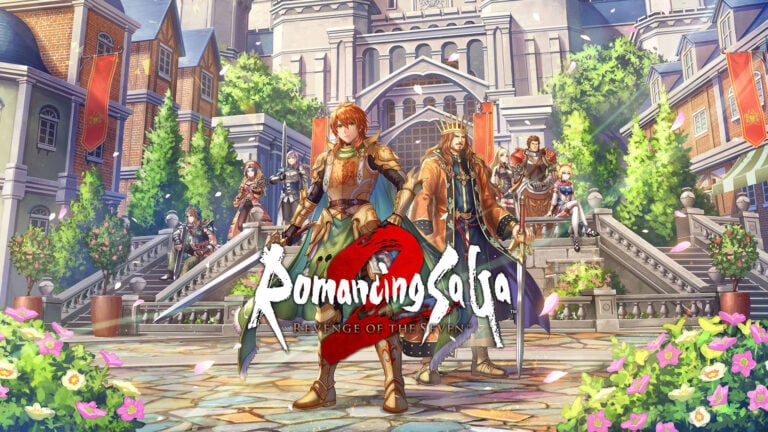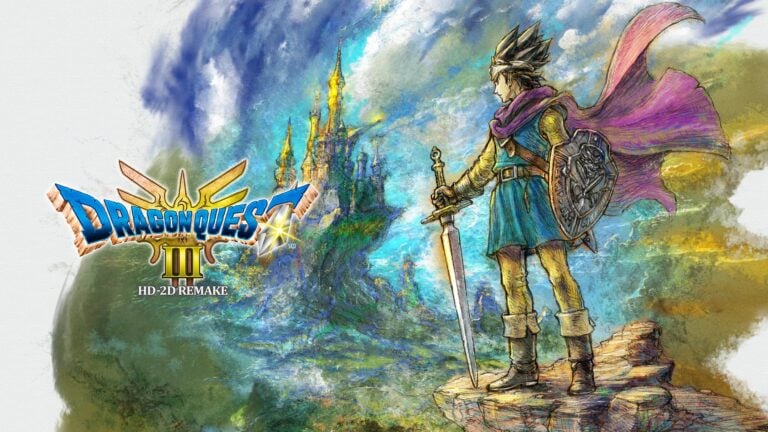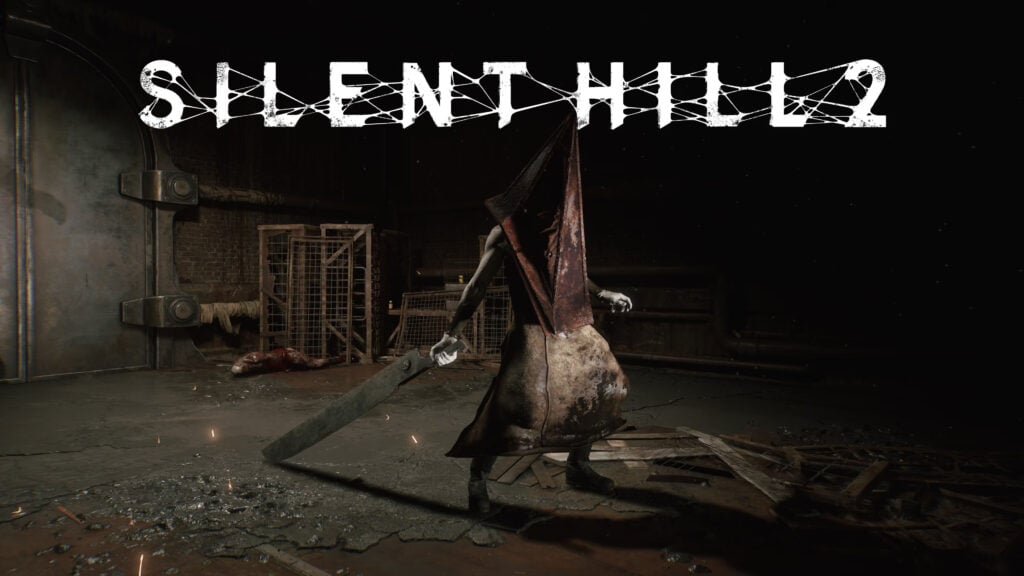Introduce
In Mario's Picross, players embark on a challenging logic puzzle journey based on the principles of nonograms, also known as "picture crosswords." Your primary goal is to uncover a hidden pixel art image on a grid by chiseling away or marking blocks. Each row and column on the grid is accompanied by numerical clues. These numbers indicate the number of consecutive filled blocks that need to be colored in that specific row or column.
For instance, if you see a clue "3 1" for a row, it means there are three consecutive filled blocks, followed by at least one empty block, and then one more filled block. Your task is to use logic and deduction to precisely determine the location of these blocks. You have two main tools: a chisel to mark blocks that you believe should be filled, and a hammer to mark blocks that you are certain are empty or unnecessary.
The game features several different play modes to suit various player styles. "Picross" mode is the standard mode, where you must solve puzzles within a time limit. If you make a mistake by chiseling a wrong block, you will incur a 10-minute penalty added to the clock. This requires players to think carefully before each move. Additionally, there's a "Trial Picross" mode for those who want to practice or play leisurely without time pressure or penalties. In this mode, you can experiment and learn without fear of making mistakes. Some versions also feature "Daily Picross" with special daily puzzles.
As you successfully solve puzzles, you will unlock more challenging levels and larger grid sizes, ranging from 5x5, 10x10, 15x15, up to 20x15. Mario serves as the host, appearing on screen to offer advice or congratulate you upon completing a puzzle. The game's theme is integrated through the hidden images themselves, which often reveal familiar items, characters, or symbols from the Nintendo universe.






-image.png)
